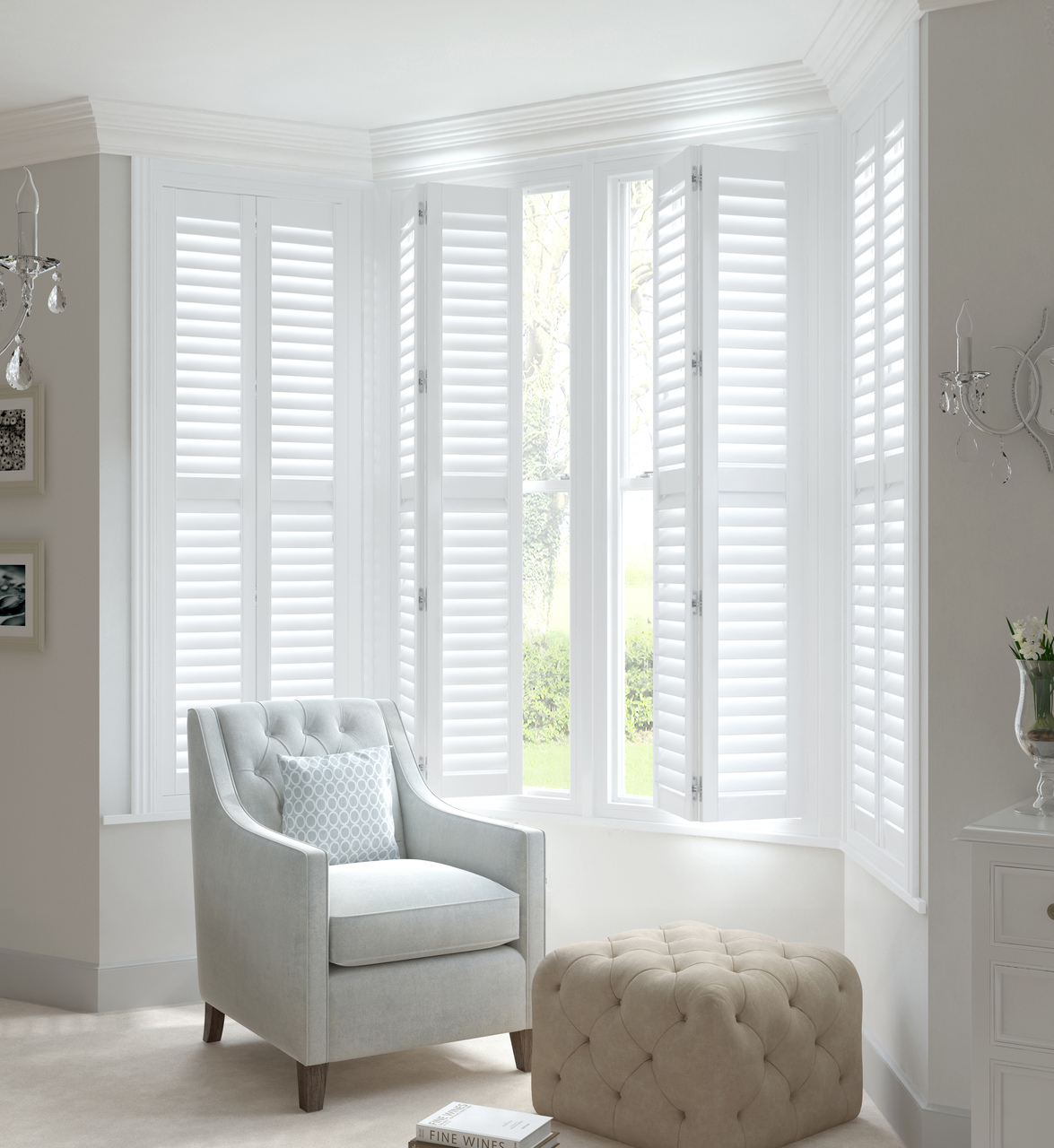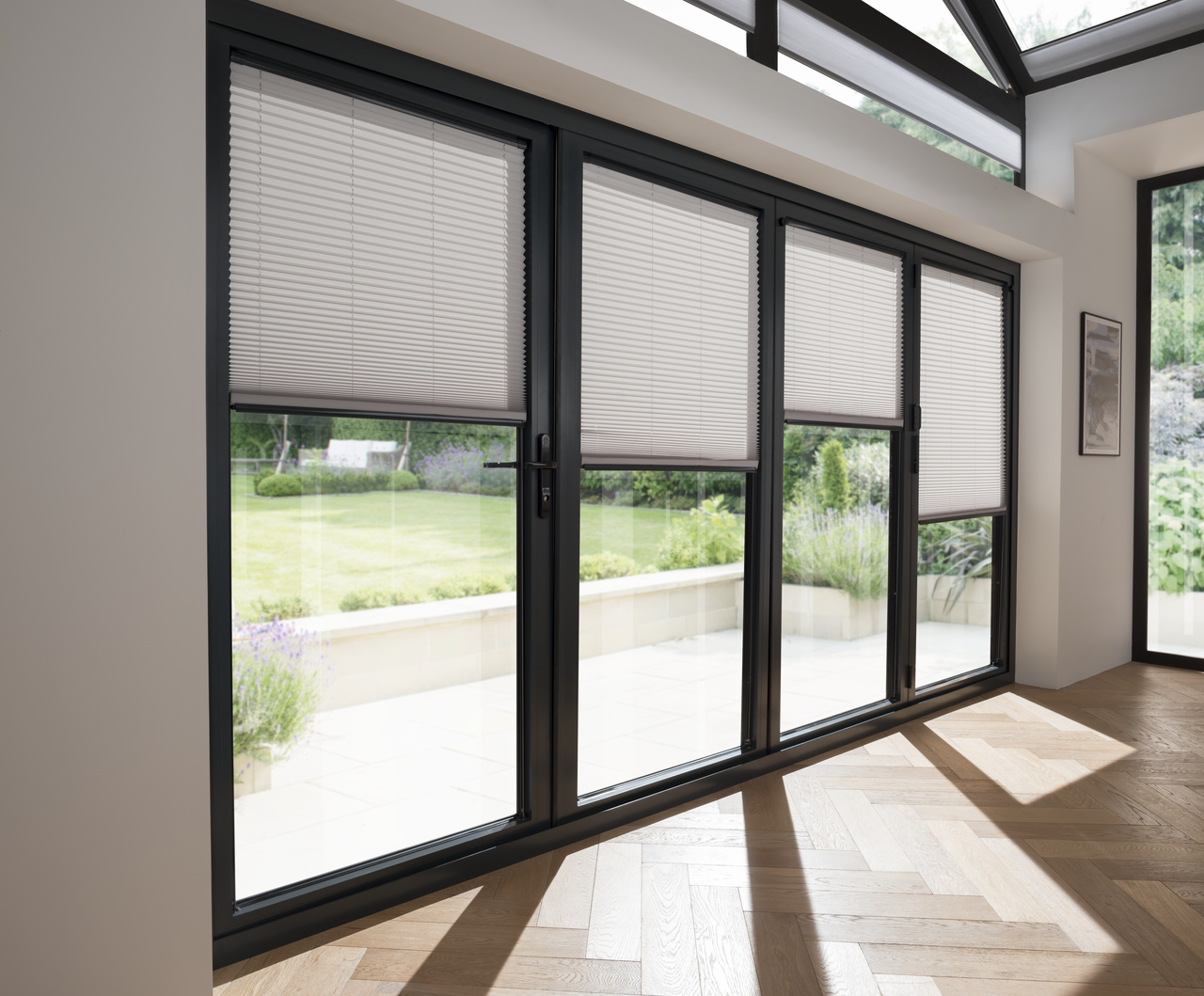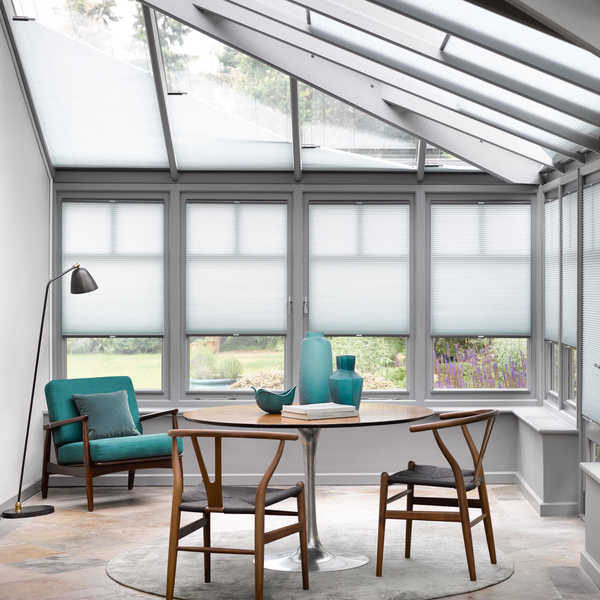Bay windows are a striking feature in any home, offering architectural interest and letting natural light flood into the room. But when it comes to dressing these elegant spaces, the options can feel overwhelming. The key to choosing the perfect bay window blind or bay window shutter lies in understanding your lifestyle, personal style, and how you use your home. Here’s an inspirational guide to help you find the ideal solution for your bay window.
- MAIN MENU
- deeper submenu
- Previous header
- MAIN MENU
- Shutters
-
StylesWindow Types
- Blinds
-
Our RangeWindow types
- Conservatory Blinds
-
Type
- Awnings
- Garage Doors
- Inspiration
- About Us
- Contact
Add Another Sample
You have room in your basket for more samples. Click on the '+' to keep exploring.
Keep browsing












